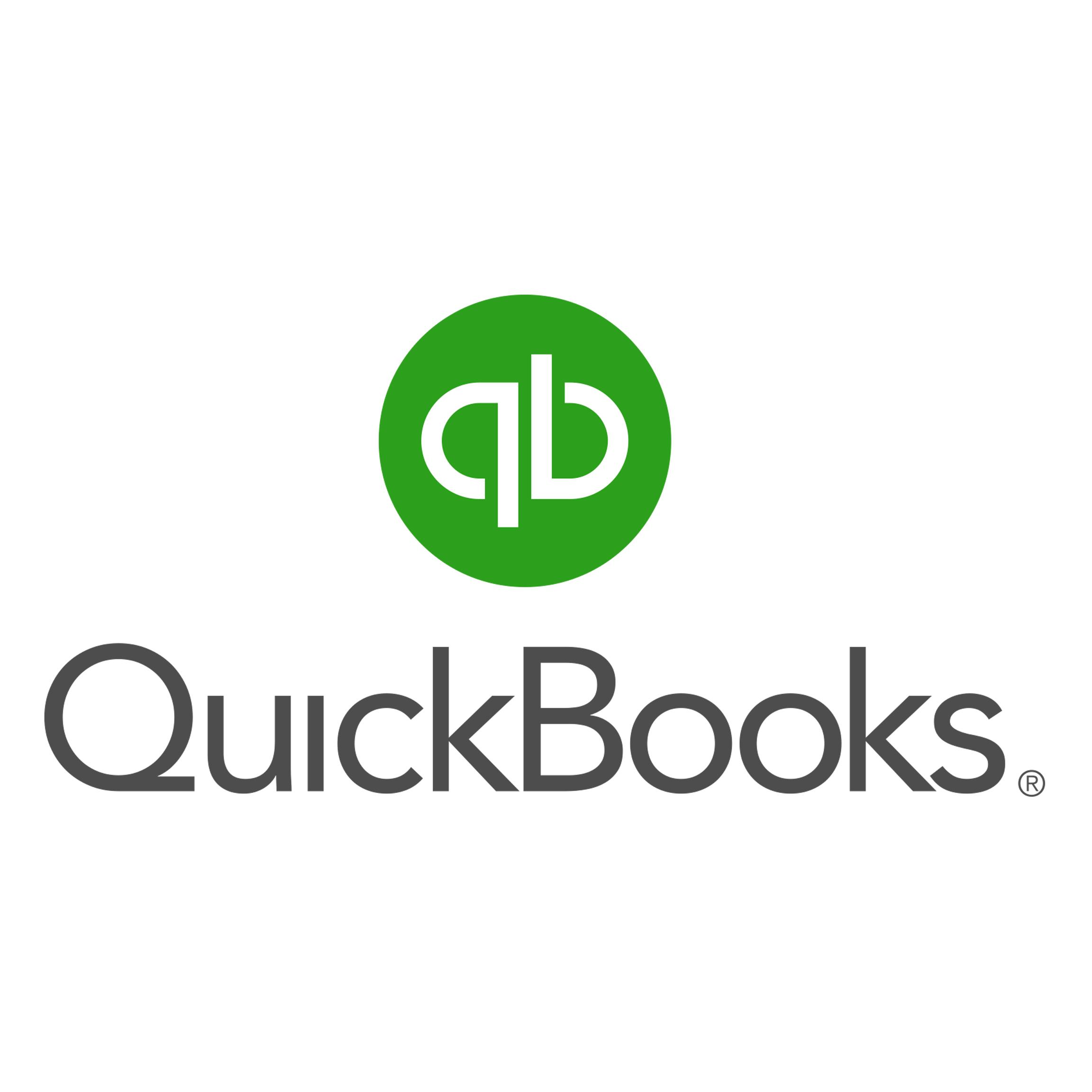It proves good for business when company players strike a pact to cooperate on a single mission, exchange technical proficiency, or advance their beneficial mutual interests. However, governing organizations appreciate it even more when marketable bookkeeping alliances foster limpidity, compliance, and accountability — fostering economic activity and financial statement consolidation.
Accounting Statements
A company must print four financial data summaries at the end of a period: month, quarter, or financial year. These comprise a statement of financial situation, a declaration of profit and loss, a report of cash flows, and a statement of shareholder equity changes.
Review a company’s financial statements — especially its statement of profit and loss, year after year. You can see whether the industry has compensated for its operating transgressions and moved on from a profitability standpoint. A quick way to gauge that is going through its P&L and noting profit trends over the years.
Consolidation
Consolidating accounting statements means adding performance report data for two or more productions, depending on equity stakes and applicable guidelines. Think of it as totaling each financial item and ensuring the final bookkeeping result corresponds to the underlying percentage ownership — the other name for an equity stake.
When a company owns less than 20% of another entity’s equity, it uses the cost method — under which the investment value doesn’t fluctuate unless the affiliate files for bankruptcy or copes with insolvency. If the investment business has a 20% to 50% stake, it uses the equity method.
Consolidated Accounting Statements
These declarations help appraise the financial position and results of an entire group of commonly-owned businesses. Otherwise, reviewing the results of individual companies in the group does not indicate the group’s financial bookkeeping health.
The critical entities used in the construction of consolidated statements are:
- A group is a parent entity and all of its divisions.
A subsidiary is an entity that a parent company controls.
Therefore, consolidated financial statements are the collective financial for a parent company and its subsidiaries. It is also possible to have consolidated financial statements for a portion of a group of companies, such as a subsidiary and those other entities owned by the subsidiary.
These statements require substantial effort to construct since they must exclude the impact of any transactions between the entities being reported on. So, if there is a sale of goods between the subsidiaries of a parent company, this inter-company sale must be eliminated from the consolidated financial statements.
Another common inter-company elimination is when the parent company pays interest income to the subsidiaries whose cash it uses to make investments; this interest income must be eliminated from the consolidated financial statements.
Consolidated Accounting Statements with QuickBooks
If your business has numerous divisions or wholly-owned subsidiaries, consolidating accounting statements from all of them gives you a complete picture of the parent company’s financial health. You can use QuickBooks to amalgamate statements, but it involves careful bookkeeping. Under some conditions, you’ll need an exaltation or use of third-party software to import the financial data into QuickBooks.
QuickBooks lets you categorize transactions by class, giving the user great flexibility in defining a class. If your business has several divisions but is still a single legal entity, elect a class to report profit and loss by division. However, be sure to identify each operation by its class to keep the reports accurate. Beginning with QuickBooks, you can produce a new balance sheet report by class, displaying assets, equity, and liability and a consolidated balance sheet for the company.
Final Note
With QuickBooks, small businesses can reduce monthly costs while optimizing productivity. The key benefits are eliminating many expenses and connecting to financial institutions for free instead of paying a monthly fee. It can also provide access to more users, store data for free, and include many more benefits.
 About Complete Controller® – America’s Bookkeeping Experts Complete Controller is the Nation’s Leader in virtual bookkeeping, providing service to businesses and households alike. Utilizing Complete Controller’s technology, clients gain access to a cloud platform where their QuickBooks™️ file, critical financial documents, and back-office tools are hosted in an efficient SSO environment. Complete Controller’s team of certified US-based accounting professionals provide bookkeeping, record storage, performance reporting, and controller services including training, cash-flow management, budgeting and forecasting, process and controls advisement, and bill-pay. With flat-rate service plans, Complete Controller is the most cost-effective expert accounting solution for business, family-office, trusts, and households of any size or complexity.
About Complete Controller® – America’s Bookkeeping Experts Complete Controller is the Nation’s Leader in virtual bookkeeping, providing service to businesses and households alike. Utilizing Complete Controller’s technology, clients gain access to a cloud platform where their QuickBooks™️ file, critical financial documents, and back-office tools are hosted in an efficient SSO environment. Complete Controller’s team of certified US-based accounting professionals provide bookkeeping, record storage, performance reporting, and controller services including training, cash-flow management, budgeting and forecasting, process and controls advisement, and bill-pay. With flat-rate service plans, Complete Controller is the most cost-effective expert accounting solution for business, family-office, trusts, and households of any size or complexity.



